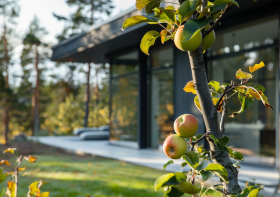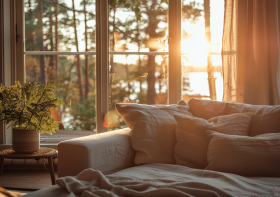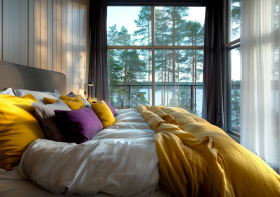Bringing Depth and Dimension to Your Interiors
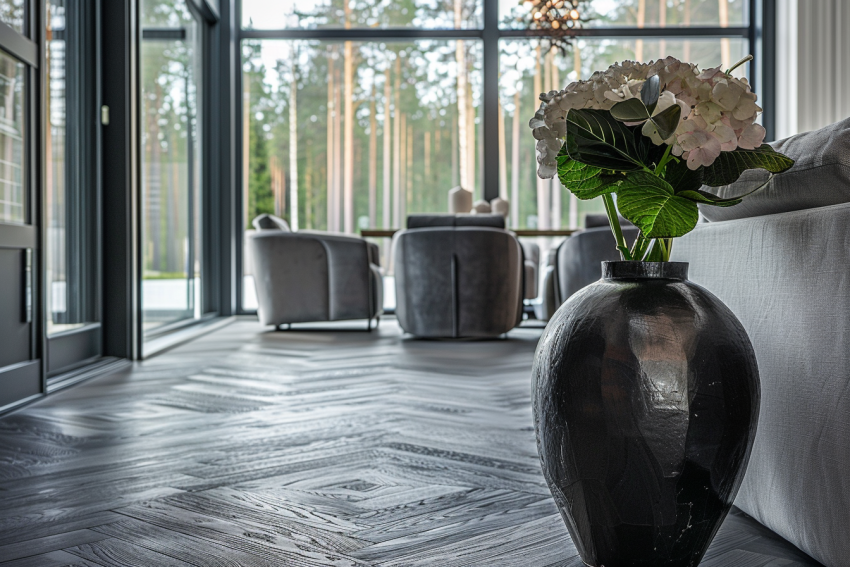
Beyond color and pattern, texture introduces depth and dimension, engaging the senses and adding warmth and character to your home. As we explore the realms of design in 2024, the emphasis on textural elements has never been more pronounced, with designers and homeowners alike embracing a variety of materials and finishes to create spaces that are not only visually appealing but also rich in sensory experiences. Here’s how incorporating textural elements can elevate your interiors, making them more dynamic, inviting, and expressive.
The Power of Texture
Texture refers to the surface quality of an object – how it looks like it might feel if touched. From the softness of a velvet sofa to the roughness of a sisal rug, textures play with light and shadow, adding visual weight and balance to a room. They have the power to influence the mood and tone of a space, with rough textures adding rustic, earthy tones, and smooth textures imparting a more refined, elegant feel. By mixing and matching different textures, you can create a layered look that adds depth and interest to your interiors.
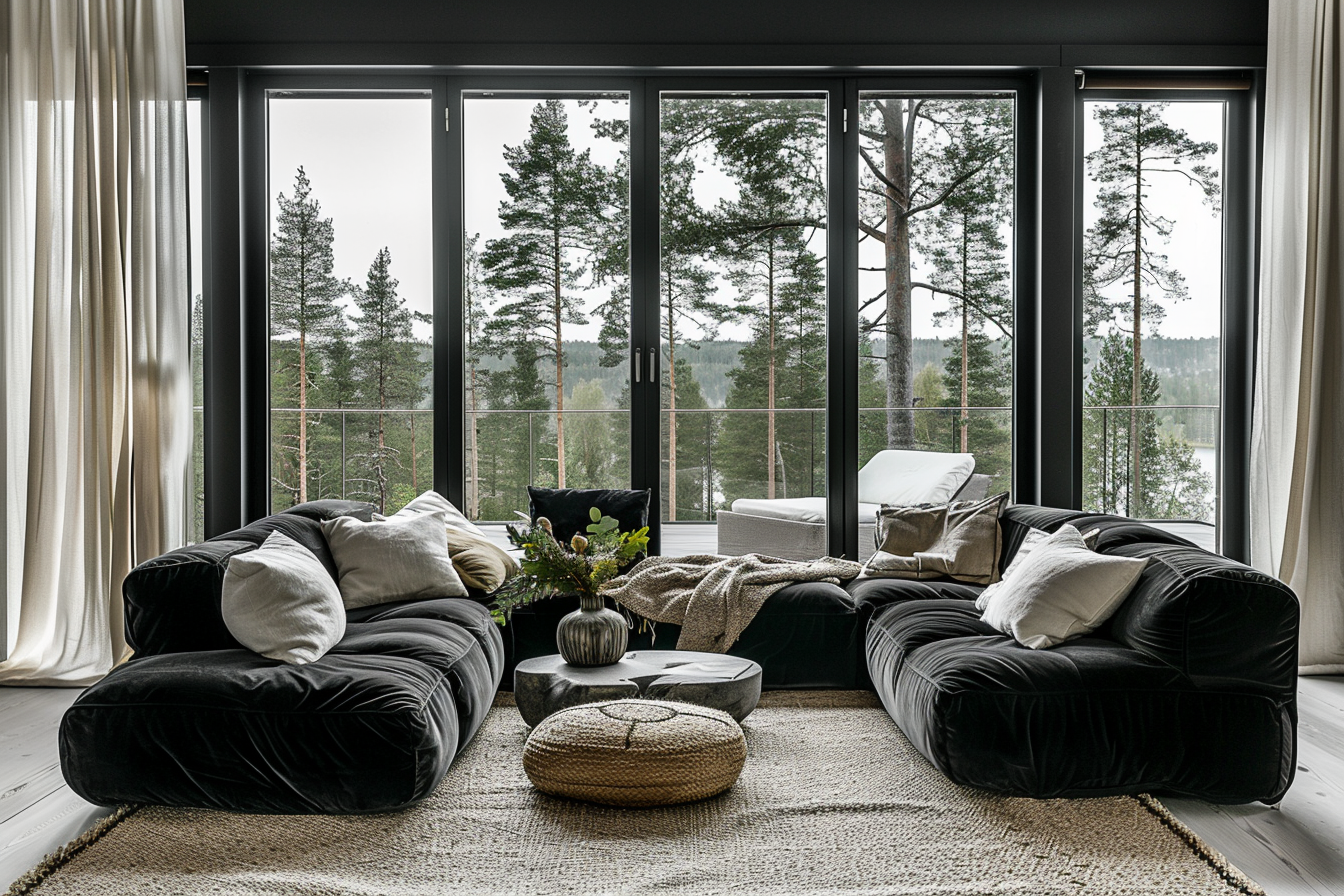
Adding Texture Through Fabrics
Fabrics are one of the easiest and most effective ways to introduce texture into your home. Curtains, upholstery, throws, and cushions in a variety of fabrics can instantly change the feel of a room. Consider the plush luxury of velvet, the casual warmth of wool, or the organic appeal of linen. Layering different fabric textures can create a cozy and inviting atmosphere, perfect for spaces meant for relaxation and comfort.
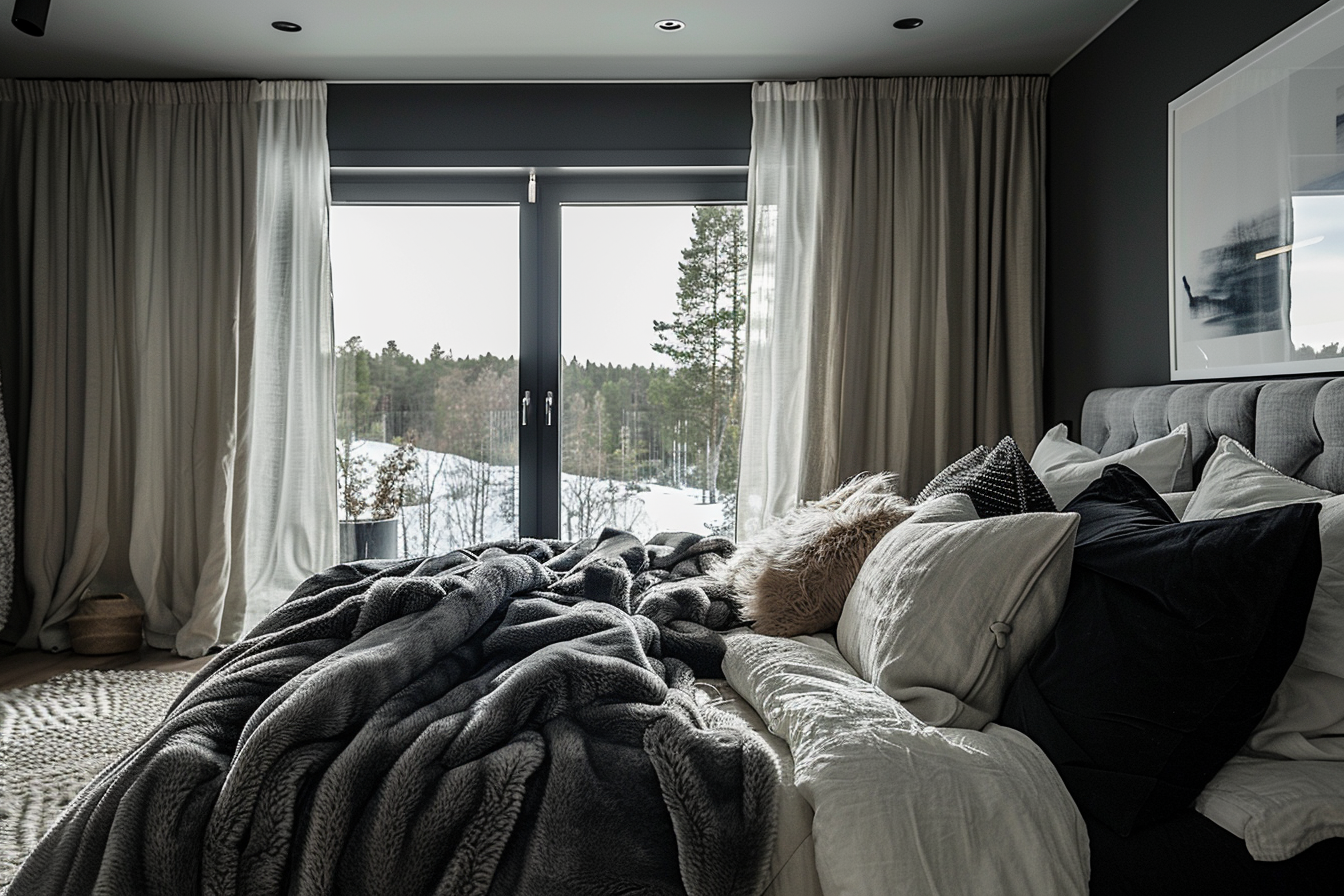
Natural Elements for Organic Texture
Incorporating natural elements into your home not only brings in texture but also connects your interior space with the natural world. Wood, stone, bamboo, jute, and rattan offer organic textures that add warmth and authenticity to your decor. A wooden coffee table, stone accent wall, bamboo blinds, or a rattan chair can introduce tactile elements that are both visually appealing and grounding.
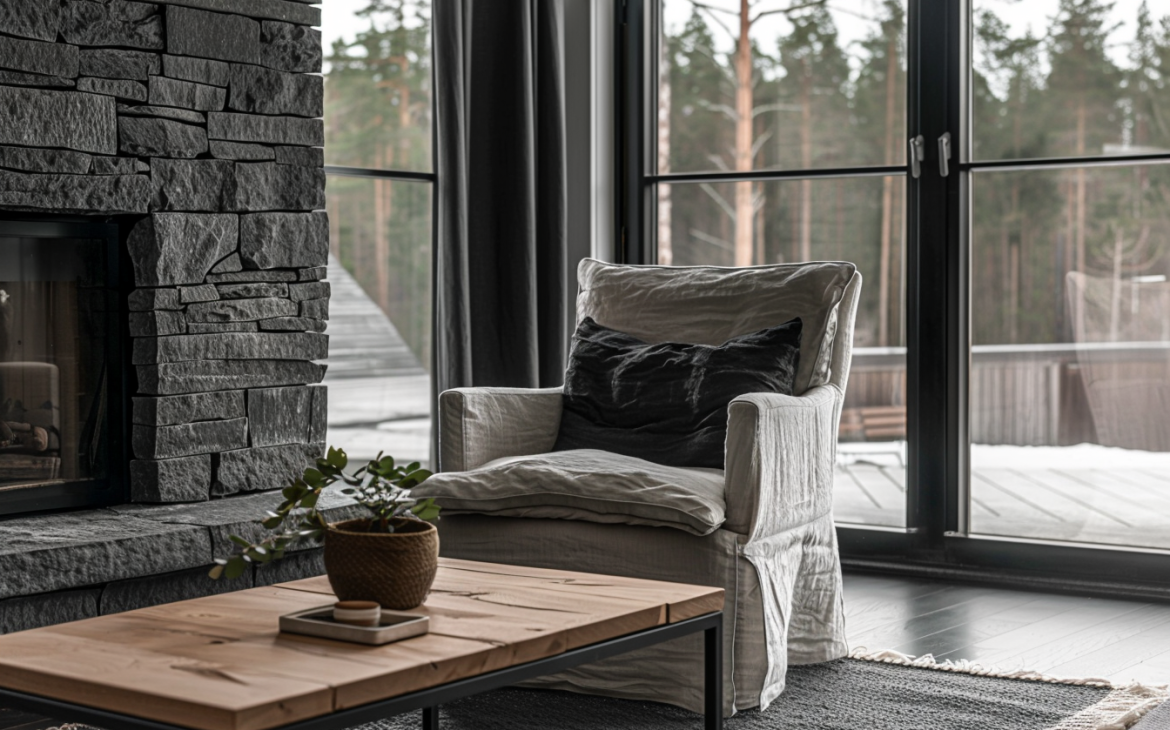
Wall Treatments and Flooring
Walls and floors offer expansive canvases for textural play. Beyond paint and standard floor coverings, consider textured wallpaper, decorative plaster, wood paneling, or textured tile to add dimension to your walls. For flooring, options like hardwood, terrazzo, or textured carpets can significantly impact the room’s overall feel, enhancing the space’s visual and tactile appeal.
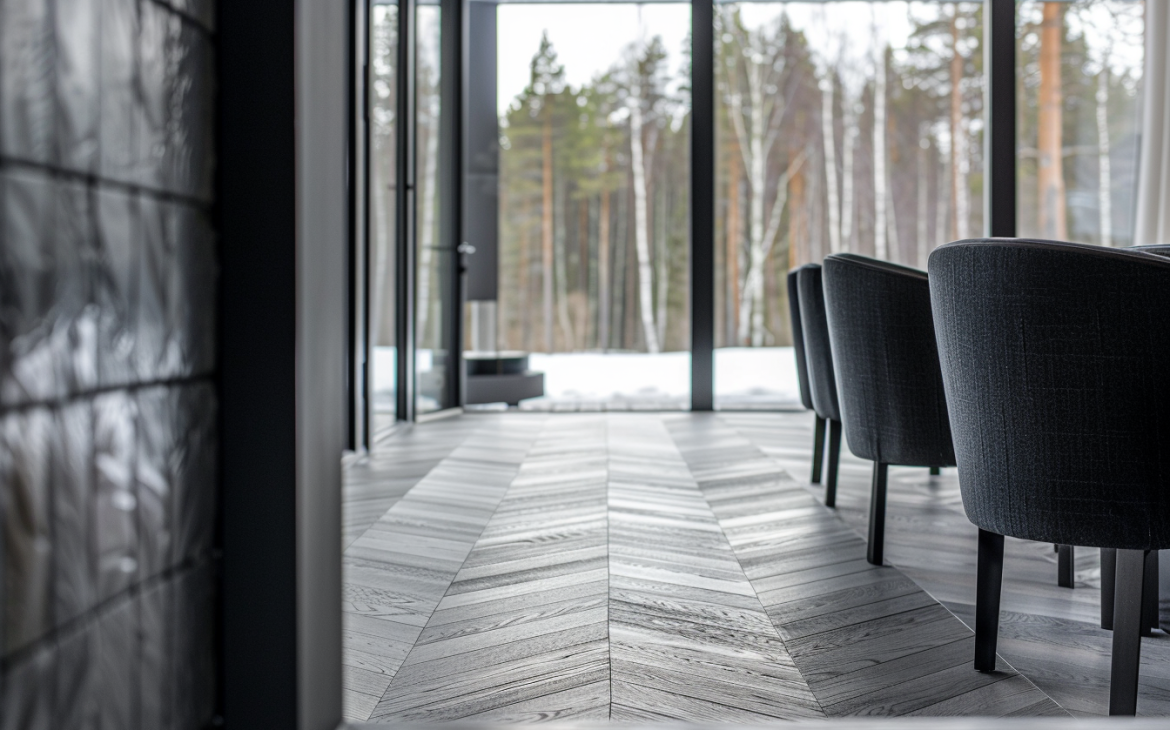
Decorative Accessories
Decorative accessories are the finishing touches that can tie your textural theme together. Items such as woven baskets, ceramic vases, metal sculptures, and glass decor can introduce various textures that enrich the space. Books, plants, and even lighting fixtures can also contribute to the room’s texture, adding layers of depth and interest.
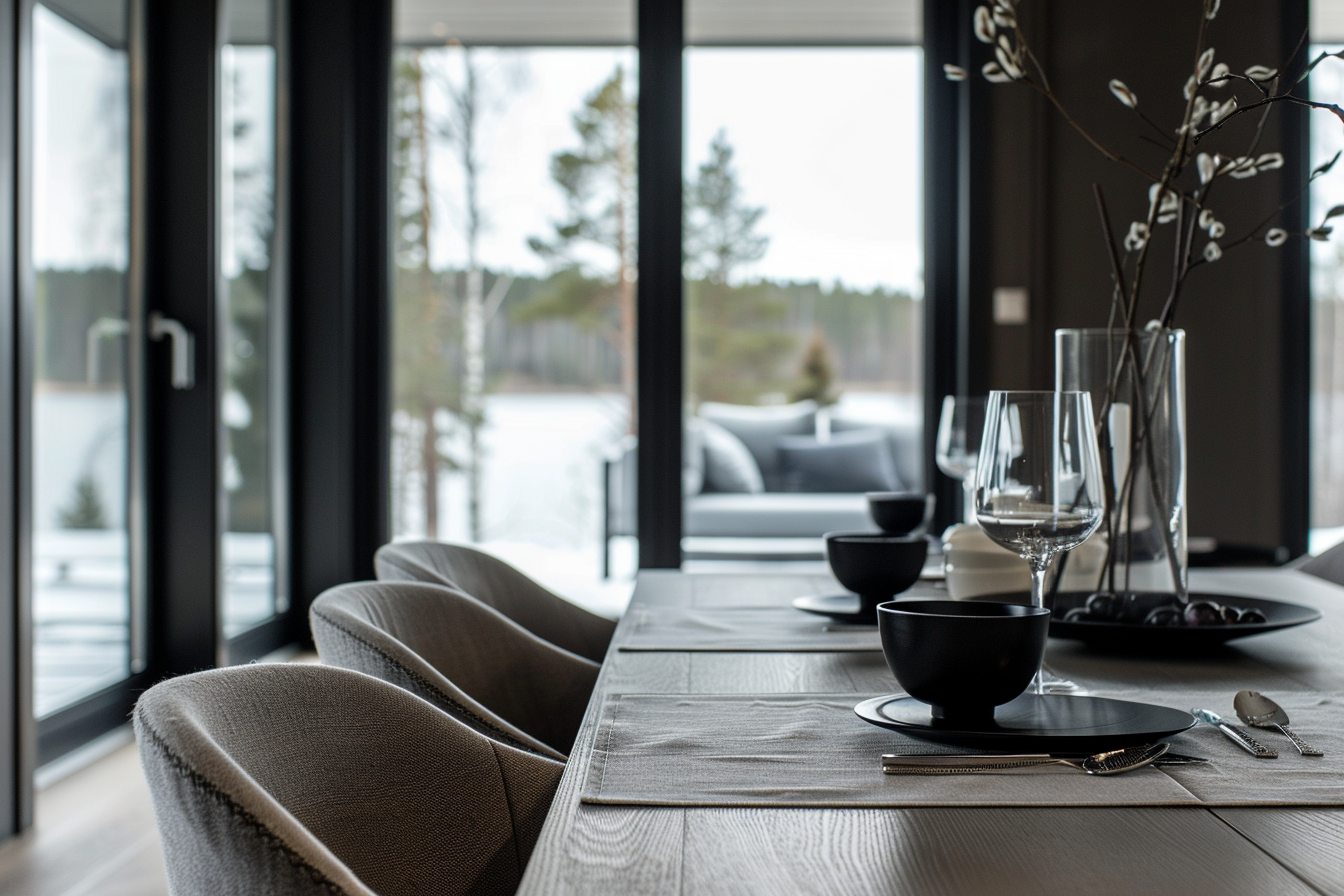
Balancing Textures
While the inclusion of multiple textures can add depth and complexity to your interiors, balance is key to ensuring the space remains harmonious and cohesive. Aim to distribute textures evenly throughout the room, mixing hard with soft, rough with smooth, and matte with glossy. This balance will prevent any one texture from overwhelming the space, ensuring a visually pleasing and comfortable environment.
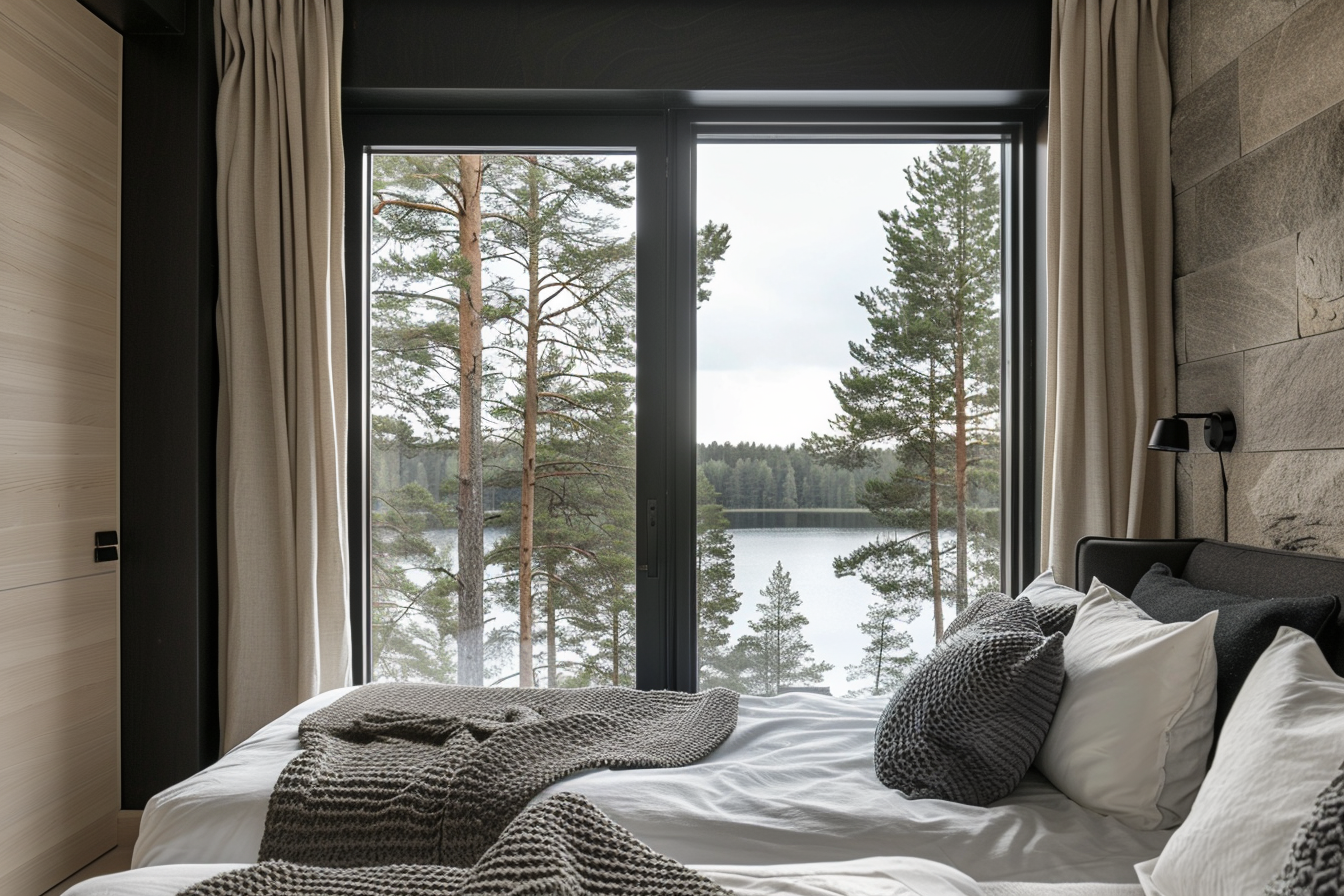
To deepen your understanding of crafting unique and personalized spaces, consider acquiring my book, Basics of interior design, available on Amazon. This guide offers a comprehensive exploration of various design principles tailored to distinct environments, providing you with the knowledge and inspiration needed to transform any space.

